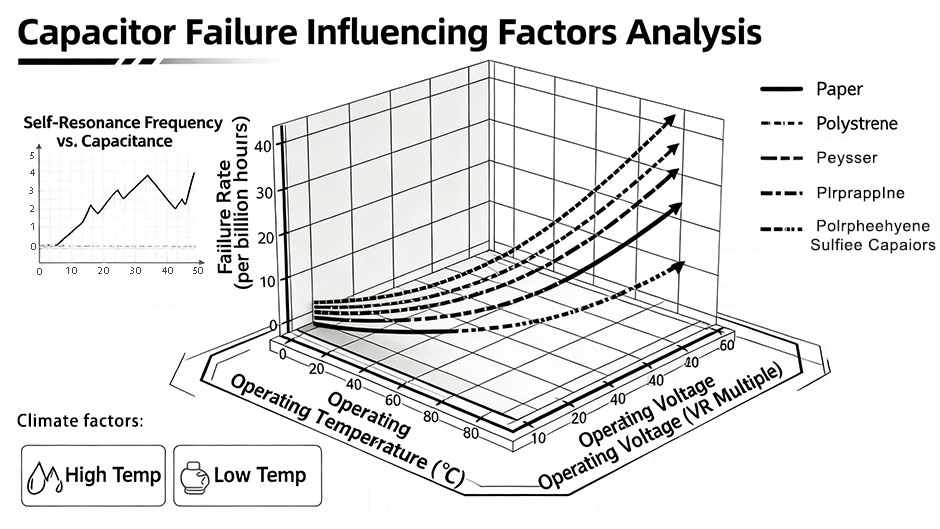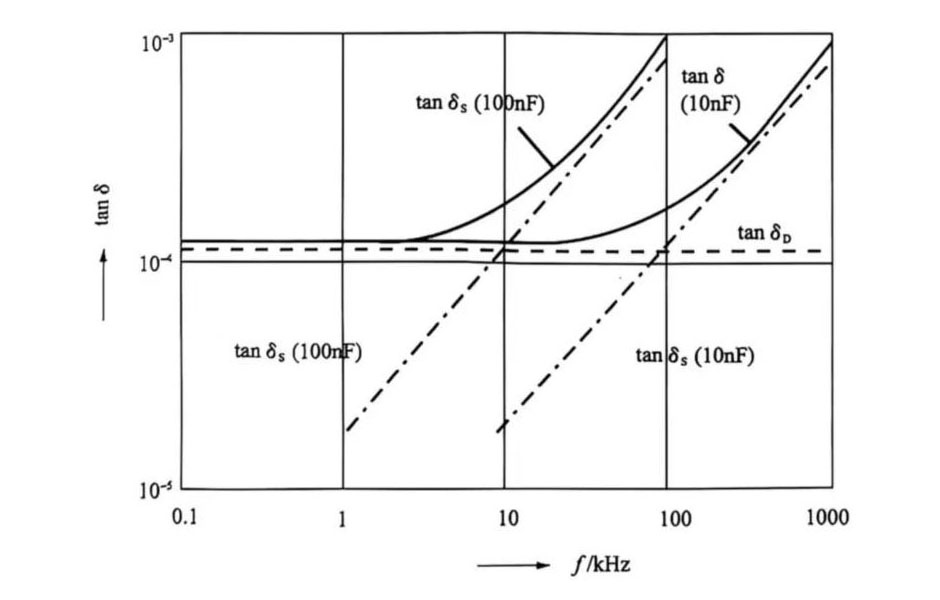Solid capacitor full name solid aluminum electrolytic capacitor, the difference between solid capacitors and electrolytic capacitors is mainly the following points:
1. Different dielectric materials are used. The liquid aluminum capacitor dielectric material is electrolyte, while the solid capacitor dielectric material is conductive polymer.
2. Overheating of the electrolytic capacitor will cause the electrolyte to expand due to heat. Overheating to a certain extent will cause blasting beyond the boiling point. In addition, the reaction of the electrolyte and alumina may cause blasting when the host is energized. The solid capacitor can completely abandon this defect, he also has the characteristics of environmental protection, low resistance and long life.
3. There is a little trick to distinguish between solid capacitors and electrolytic capacitors. If there are “K” or “Ten” and “T” indentation grooves on the top of the electrolytic capacitors, it means electrolytic capacitors, if not, they are solid capacitors. , But this method can only be applied to identify most solid capacitors.
4. The physical difference between solid aluminum electrolytic capacitors is that the conductive polymer dielectric material used is solid rather than liquid. This material will not interact with alumina under long-term non-energized conditions, and will not occur after energization. Like ordinary liquid aluminum capacitors, it is easy to cause the phenomenon of bursting or even explosion when starting or energizing.
5. In terms of electrical performance, solid capacitor and ordinary electrolytic capacitor have their own advantages. The biggest advantage of the former is that no liquid electrolyte is used, long service life and good thermal stability, suitable for high-frequency working environments; The latter is cheap, large in capacity and high in pressure resistance.



